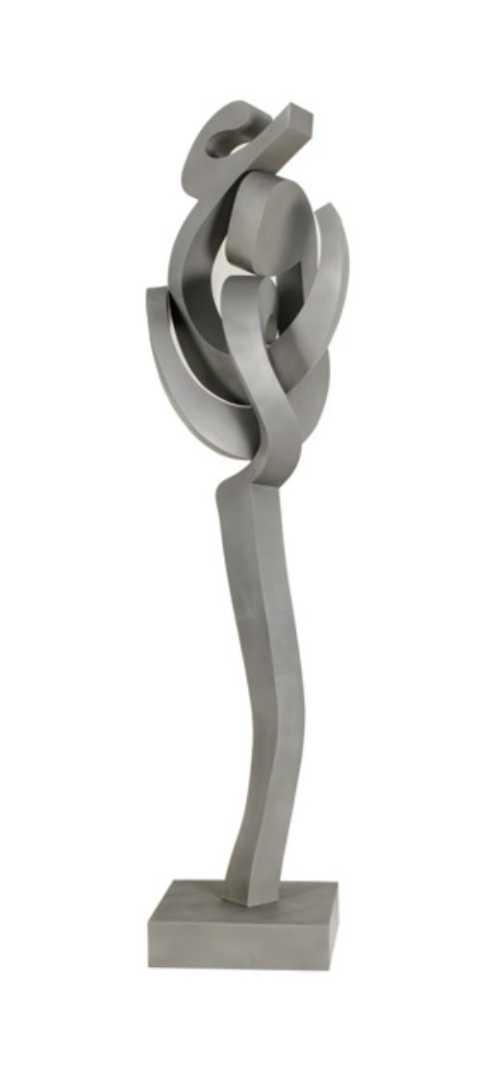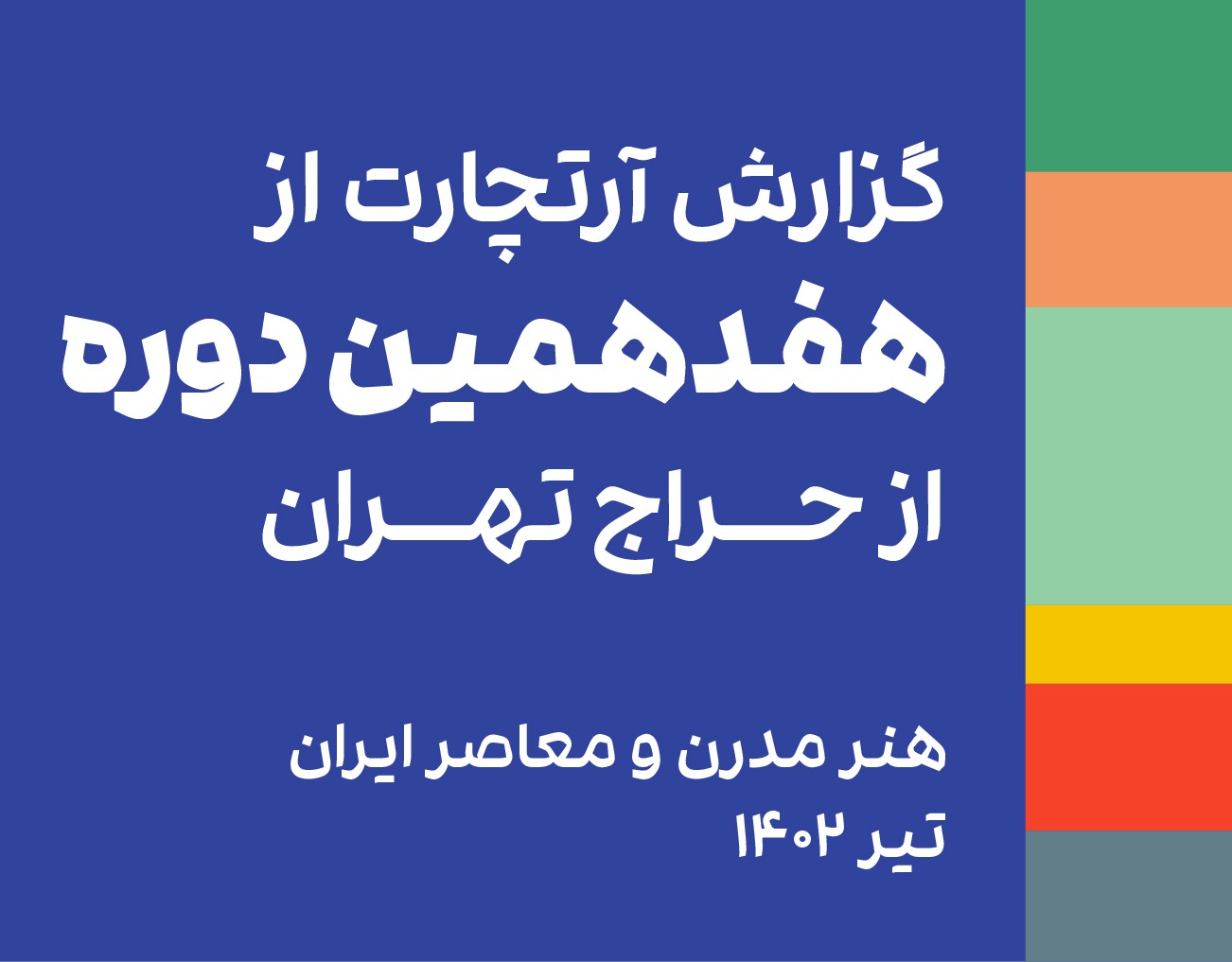About Hadi Roshan Zamir
Hadi Roshan Zamir was born in Bojnord. Roshan Zamir is considered one of the second generation of calligraphic painters. He became interested in calligraphy in childhood and started learning this art at 13. He came to Tehran in 1991 and studied at the calligraphers' association with great teachers such as Ali Shirazi and Gholamhossein Amirkhani. Finally, he managed to get an honors degree in calligraphy from this center. In the early 2000s, Roshan Zamir became interested in calligraphic painting and started experimenting. This artist has had numerous individual and group exhibitions in the country and abroad. His works have been exhibited in Iranian galleries such as Sareban, Saad Abad, Shams, and Pardis Mellat. Also, his artworks were presented in the art centers of Qatar and Indonesia in 2006 and 2012.
This artist's paintings can be divided into two general groups. The first group is the so-called Asma al-Hosna. In this work, the composition is organized based on the arrangement of the components of God's names. These paintings are often created in large dimensions to convey the greatness of God to the reader. The second group of his works uses literature, especially classical poems. The poems of Hafez and Rumi are the source of most of these paintings. In both groups of works, due to Roshan Zamir's artistic excellence, the quality of calligraphy is superior to the quality of the painting. In a note on the occasion of this artist's exhibition at Sareban Gallery, Ardeshir Mirmangareh writes: "By reviewing the Hadi Roshan Zamir's works, we find out that he is a traditional calligrapher and a member of the calligraphers' association. The implementation of proportions, details, sensitivities of letters and words, and stretches and circles of Nastaliq show his good mastery of traditional calligraphy. His courage in presenting a collection of exhibition works without decorative and colorful stunts also shows his loyalty to the original form of calligraphy and is considered the privilege of his works. In fact, his works in this exhibition - and the previous exhibition - are a pile of letters and words that have become reminiscent of the Siyah Mashq." Roshanzamir has applied his calligraphic experiences in sculpture as well. For example, in a collection titled "Puzzle of Love," he makes a variety of small bronze volumes. The twists and turns of this word in spatial dimensions are not unlike his calligraphic paintings.
The Most Expensive Artwork
At Auctions
First Attendance
22 May 2012
# Attendance
12
# Artworks
12
Average Realized Price
6,069 USD
Average Min Estimate
3,829 USD
Average Max Estimate
5,408 USD
Sell-through Rate
100%
Average Growth of Artwork Worth
40.976%
Timeline
CHARSOO- Part 2 exhibition
3 October
The 24th Tehran - Contemporary Iranian Art auction
3 October
Charsoo exhibition
5 September
Your Iran exhibition
28 February
Middle East / 20th Century Art auction
19 December
Narrative and Material exhibition
8 November
All Raised from Soil exhibition
11 October
Crooky exhibition
4 October
Resize exhibition
16 August
Artibition auction
2 August
The 20th Tehran- Modern and Contemporary Iranian Art auction
5 July
10s of Artworks, 10s of Millions exhibition
8 March
Art Advisory exhibition
8 March
The Range of Meaning exhibition
1 March
I rise to your love exhibition
5 January
A Selection of 70 Years of Iranian Sculpture exhibition
4 August
The 17th Tehran Modern and Contemporary Iranian Art auction
18 July
Recovery/ The third series exhibition
10 March
How I Remember You exhibition
22 July
Tehran- 16th- Iranian contemporary art auction
1 July
Rock Paper Scissor exhibition
15 October
No.9 auction
3 September
The 14th Tehran- Contemporary Iranian Art auction
12 August
Gathered exhibition
22 March
Collector 7 exhibition
5 February
Collector 6 exhibition
18 September
Group Sculpture Exhibition exhibition
4 September
Arthibition's 5th online studio exhibition
7 May
5th Collector exhibition
24 January
دوازدهمین دوره حراج تهران auction
17 January
چهارمین دوره حراج تهران auction
29 May
دومین دوره حراج تهران auction
28 May
اولین دوره حراج تهران auction
22 May
Articles
۱7th Tehran Auction Sales Report 26 July 2023
The 17th Tehran auction: modern and contemporary, was held on Friday July 21st, 2023 at Parsian Azadi Hotel. This auction achieved a total sale of 214 billion tomans equivalent to 4.3 million dollars, which was a growth of 77.8% compared to the previous period. Artchart has observed the 17th Tehran auction in the upcoming report.

